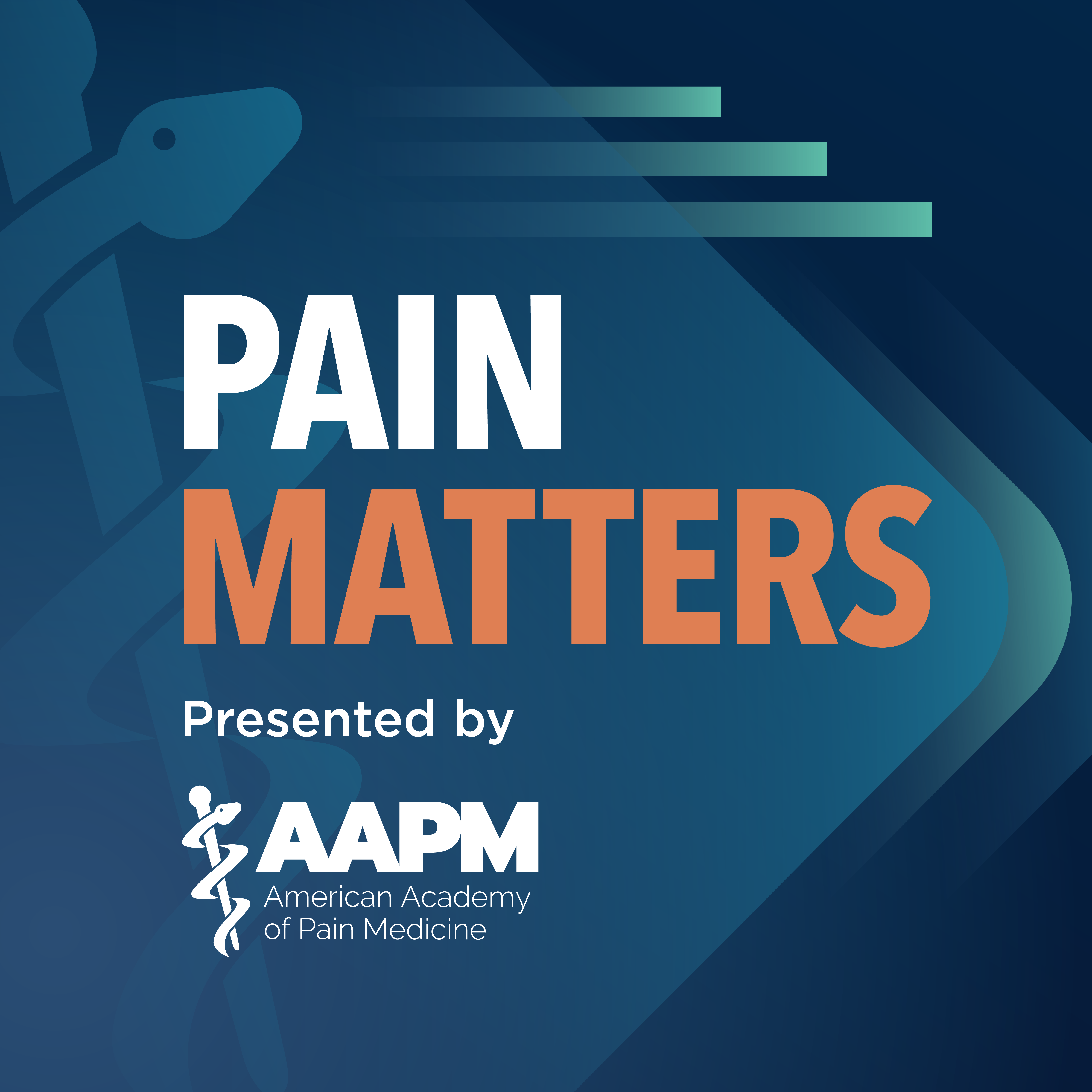Join us for a comprehensive exploration into the advocacy and personal dedication that shapes the world of pain medicine.
In this episode, our discussion hones in on a critical juncture in pain medicine — the anticipation of the Washington Health Technology Clinical Committee’s (HTCC) decision on Spinal Cord Stimulation (SCS) coverage. This decision could transform the landscape of pain management for state employees, state-sponsored health plans, and injured workers under Washington Labor and Industries (L&I), reaching over 2.5 million people.
Hosts Shravani Durbhakula, MD, MPH, MBA, and Mustafa Broachwala, DO, are joined by a distinguished panel of guests: Brett R. Stacey, MD, from UW Medicine; and Steven Stanos, DO, and Fangfang Xing, MD, from Swedish Pain Services–all of whom were integral leaders as part of the Washington State Physicians State Spinal Cord Stimulation (SCS) Work Group. We also welcome Richard North, MD, from Johns Hopkins School of Medicine–a pioneer in the field of pain medicine and a historic advocate as it relates to neuromodulation and previous hearings regarding SCS in Washington State. Together, we’ll dive deep into the nuances and state of current and historic healthcare policies, the heroic advocacy work of the Washington State Physicians SCS Work Group, and the broader implications of the impending HTCC decision for providers and patients alike.
In this episode, you’ll learn:
- Historical Context: Context of the history of healthcare policy surrounding SCS in Washington State
- The Vital Role of the Washington State Physician SCS Work Group: A deep dive into the group’s efforts and the importance of their advocacy in shaping healthcare policy for pain management in Washington state.
- Understanding the HTCC’s Influence and Approach: A breakdown of the Washington HTCC’s process, authority, and its critical role in determining the future of SCS coverage.
- Navigating Healthcare Policy in Washington: Insights into the state’s healthcare coverage, including the unique aspects of its approach to technology and treatment coverage for a significant portion of its citizens.
- Journey to the HTCC Decision: The key milestones and advocacy efforts that have led to this momentous opportunity to influence pain treatment coverage.
- Implications for Pain Medicine Providers and Patients: Discussing what the HTCC’s decision means for the community of pain medicine providers and the patients they serve. We also highlight the AAPM’s support for the SCS coverage movement, emphasizing the potential positive impact on patient care and pain management practices.
Tune in and stay informed, get involved, and understand the profound implications of these decisions on the quality of life for countless individuals.
Remember, your involvement and awareness as a pain medicine provider contribute to the advancement and betterment of patient care across the nation.
Note: At the 47:45 mark, we reference that the upcoming hearing is in January of 2024. While this was accurate at the time of the recording, this hearing has been pushed back. The final decision about coverage terms will occur after a meeting on February 16, 2024.
Please see the following citations as referenced in the episode by Dr. Richard North:
- Turner JA , Hollingworth W , Comstock BA , Deyo R. Spinal cord stimulation for failed back surgery syndrome: outcomes in a workers’ compensation setting . Pain 148 : 14 – 25, 2010.
- North RB, Shipley J, Taylor RS, Eldabe S: Questions about Turner et al. Spinal cord stimulation for failed back surgery syndrome: Outcomes in a worker’s compensation setting [letter]. Pain 151(2): 550-551, 2010.
- Hollingworth W, Turner JA, Welton NJ, Comstock BA, Deyo RA, Costs and Cost-Effectiveness of Spinal Cord Stimulation (SCS) for Failed Back Surgery Syndrome: An Observational Study in a Workers’ Compensation Population, Spine 36 : 2076 – 2083, 2011.
- https://www.wikistim.org/news #s 109, 111, 113, 114, 115, 116, 117, 123

